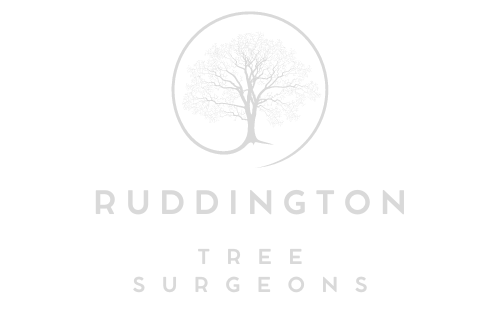The Ultimate Guide to Stump Removal Techniques
Introduction: When it comes to maintaining a pristine and safe outdoor space, tree stump removal is often essential. Understanding the various stump removal techniques is crucial to enhancing your landscape’s aesthetics, eliminating potential hazards, or preparing your property for new landscaping projects. In this comprehensive guide, we’ll walk you through the ultimate stump removal techniques, providing insights into the pros and cons of each method and helping you choose the right approach for your specific needs.
Chapter 1: Manual Stump Removal
Pros:
- Cost-Effective: Manual removal methods require minimal equipment, making them budget-friendly.
- No Chemicals: It’s an eco-friendly option as it doesn’t involve chemicals.
- Controlled Approach: You have more control over the process, reducing the risk of damage to surrounding vegetation or structures.
Cons:
- Labour-Intensive: Manual removal can be physically demanding and time-consuming, especially for larger stumps.
- Limited to Small Stumps: Most suitable for small to medium-sized stumps.
- Requires Skill: Proper technique is essential to avoid injury.
Chapter 2: Stump Grinding
Pros:
- Efficient: Stump grinding is relatively quick and efficient, making it suitable for larger stumps.
- Minimal Disruption: It leaves the area relatively undisturbed compared to other techniques.
- No Chemicals: Like manual removal, it’s an eco-friendly method.
Cons:
- Equipment Costs: Renting or hiring a stump grinder can be expensive.
- Safety Concerns: Stump grinding equipment can be hazardous if not used properly.
- Residual Wood Chips: The process leaves behind wood chips that need to be cleaned up.
Chapter 3: Chemical Stump Removal
Pros:
- No Physical Labor: This method doesn’t require physical effort.
- Effective: It can be effective on various stump sizes and types.
- Relatively Inexpensive: Chemical stump removal products are often affordable.
Cons:
- Slow Process: Chemical removal can take several months to decompose the stump fully.
- Environmental Impact: Some chemicals may be harmful to the environment.
- Not Suitable for All Situations: It may not be the best option for stumps near water sources or in sensitive areas.
Chapter 4: Burning the Stump
Pros:
- Budget-Friendly: Burning is a low-cost method.
- Effective for Smaller Stumps: It works well for small to medium-sized stumps.
- Minimal Equipment Required: Basic tools like a chainsaw and a drill are all you need.
Cons:
- Safety Concerns: Fire can be dangerous, and local regulations may prohibit open burning.
- Environmental Impact: Burning can release pollutants into the air.
- Slow Process: Like chemical removal, it can be a slow process.
Chapter 5: Hiring Professional Stump Removal Services
Pros:
- Expertise: Professionals have the knowledge and experience to remove stumps safely and efficiently.
- Safety: Hiring experts reduces the risk of accidents or property damage.
- Complete Service: They handle the entire process, from stump removal to clean-up.
Cons:
- Cost: Professional services can be more expensive than DIY methods.
- Scheduling: Availability may be limited, so you might have to wait for an appointment.
- Research Required: You should research and choose a reputable company.
Conclusion: Stump removal is crucial to maintaining a beautiful and safe outdoor environment. By understanding the various techniques available, you can make an informed decision based on factors like stump size, budget, and environmental considerations. Whether you opt for manual removal, stump grinding, chemical treatments, or professional services, taking the necessary steps to eliminate tree stumps will enhance your property’s overall appeal and safety.
Call us on: 0115 647 1186
Click here to find out more about Ruddington Tree Surgeons
Click here to complete our contact form and see how we can help with your tree’s needs.

